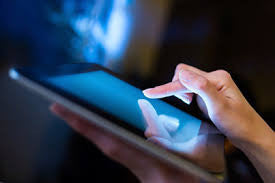Obese adults with a larger tongue may have a higher risk of sleep apnea, according to a new study from the American Academy of Sleep Medicine released Wednesday.
The study, involving 90 obese participants with sleep apnea and 31 without, indicated that participants suffering from sleep apnea also had significantly larger tongues, greater tongue fat and a higher percentage of tongue fat than participants without the sleep disorder, once results were adjusted for certain biases such as age, body mass index, gender and race.
“This is the first study to show that fat deposits are increased in the tongue of obese patients with obstructive sleep apnea,” said principal investigator and senior author Dr. Richard J. Schwab. “This work provides evidence of a novel pathogenic mechanism explaining the relationship between obstructive sleep apnea and obesity.”
The study’s authors indicated that as well as having an enlarged tongue, a higher amount of tongue fat can impact the muscle that attaches the tongue to the bone, keeping the muscles from positioning the tongue away from blocking the airway.
Researchers also found that the tongue fat percentage in participants was site specific. Those with sleep apnea had a higher percentage of fat towards the base of the tongue.
“Tongue size is one of the physical features that should be evaluated by a physician when screening obese patients to determine their risk for obstructive sleep apnea,” said American Academy of Sleep Medicine president Dr. Timothy Morgenthaler.
“Effective identification and treatment of sleep apnea is essential to optimally manage other conditions associated with this chronic disease, including high blood pressure, heart disease, Type 2 diabetes, stroke and depression.”
Common warning signs for sleep apnea include snoring, choking, gasping or silent pauses in breathing during sleep.





